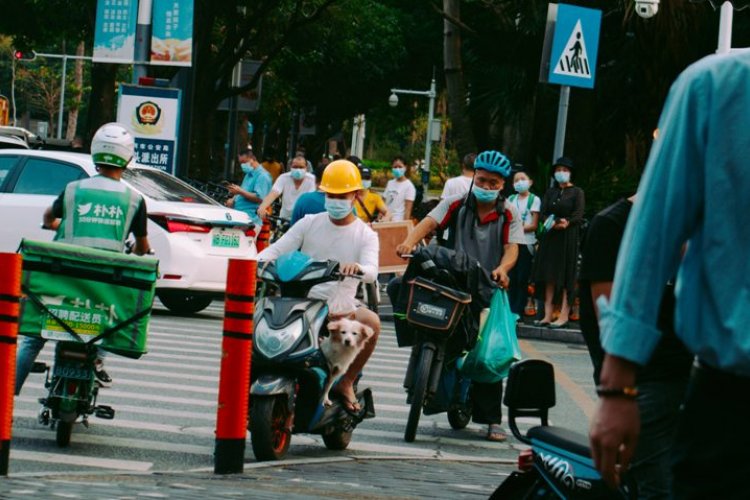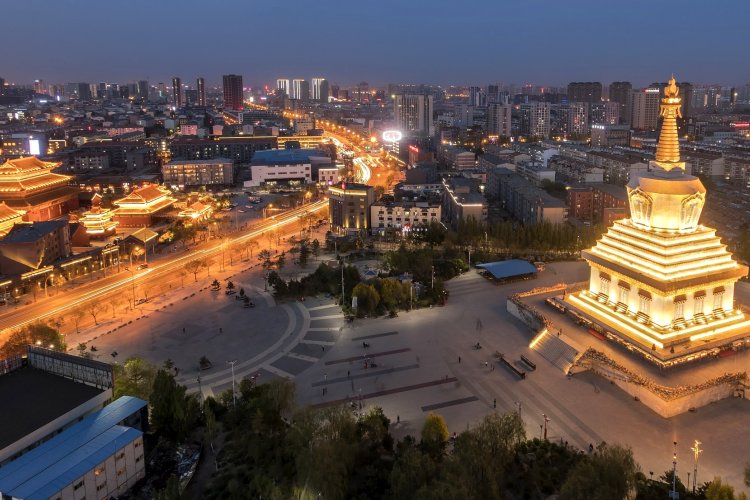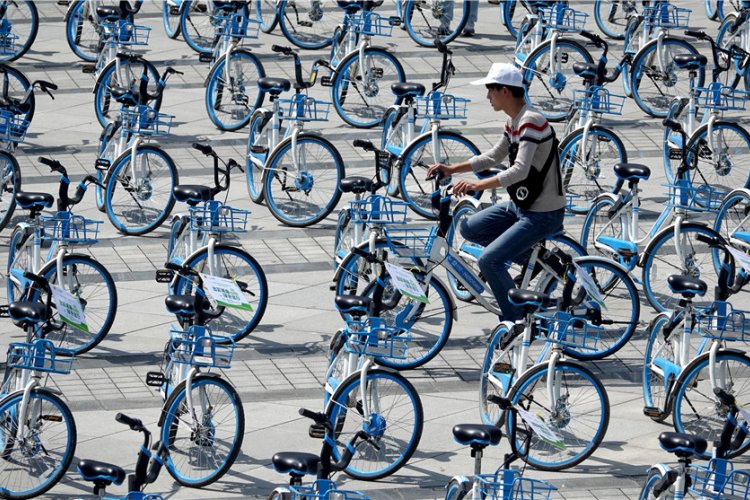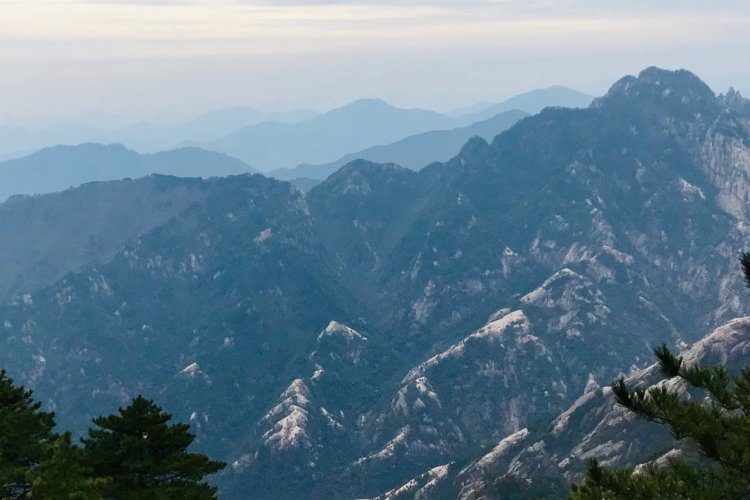Talking Travel: A Sojourn in China's Porcelain Capital
We're taking a break this week from our normal wheels and deals format in order to bring you an actual travel report. Deals will be back next week, and we will update on the blog throughout the week if any special prices become available. Until then, we take one flat, straight road to China's porcelain capital, Jingdezhen.
Jingdezhen is the noisiest city I’ve ever visited in China. This city of 1.7 million with ceramic-encased street lamps is a cacophony of ear-splitting public address systems, car and truck horns at all hours, and a conversational tone that rivals the Swiss alphorn.
That was the biggest surprise in a place that has been synonymous with Chinese porcelain – which much of the rest of the world just calls “china” – for a millennium. That’s right, not a century, not centuries, but more than 1000 years. Since the Song Dynasty (960 – 1279 CE), China’s emperors have turned to the kilns of this northern Jiangxi province destination for the finest dining ware and drinking vessels in the world. Although interrupted during the Yuan Dynasty and again after the 1911 revolution, Jingdezhen is once again the preeminent producer of porcelain for domestic consumption and export. The Song emperors preferred white or aquamarine pieces, while the Ming rulers liked blue patterns on a white background. The Qing were partial to works with more color, techniques for which improved over the years.
The best examples of local work are spread out among universities and museums, although many better pieces are on display at the Forbidden City than in Jingdezhen. Try the Jingdezhen Ceramic Kiln Folk Customs Museum, which also features the excavation of a small ancient kiln site across the street.
To buy porcelain or see it being made, The Pottery Workshop is a fun, upscale area that looks like a bit of 798 plunked down in Jiangxi. Artisans and students sell their wares here, and on Sunday, an open market and kiln demonstration can both be found here. Find it via their excellent English website at www.potteryworkshop.com.cn.
A great destination for both buying and eating is San Bao Ceramic Art Institute. A 15-minute taxi ride away from the city center, this pleasant and quiet outpost is both a workshop and restaurant. If visiting on a weekend, call ahead to reserve a table, find them at www.chinaclayart.com.
One of the most popular restaurants in town is Mao Zai, not too far from the Imperial Kiln. Ordering here is easy – the menu has photos, or just point to what looks good on nearby tables. Jiangxi food is on the spicy side, so be careful when choosing or say you want minimum spice, Wei La. Mao Zai is in the Zhushan District at Dongmentou. (珠山区东门头, 0798-8284777). Dinner for five people with beer will be less than RMB 200.
Despite its name, Jingdezhen is a relatively small place and not part of the beaten tourist path. KFC has arrived, but beyond that, local names dominate both accommodation and dining options. We stayed at the 7 Days Inn, which did a good job of living up to its promises of free Wi-Fi (slow at times but available), hot water within 10 seconds of turning on the tap, and an American Simmons mattress for every bed.
Air China has one daily flight to/from Jingdezhen, which costs RMB 1,190 plus tax at its lowest. Train service is not convenient, and is usually served by slower, overnight trains.







